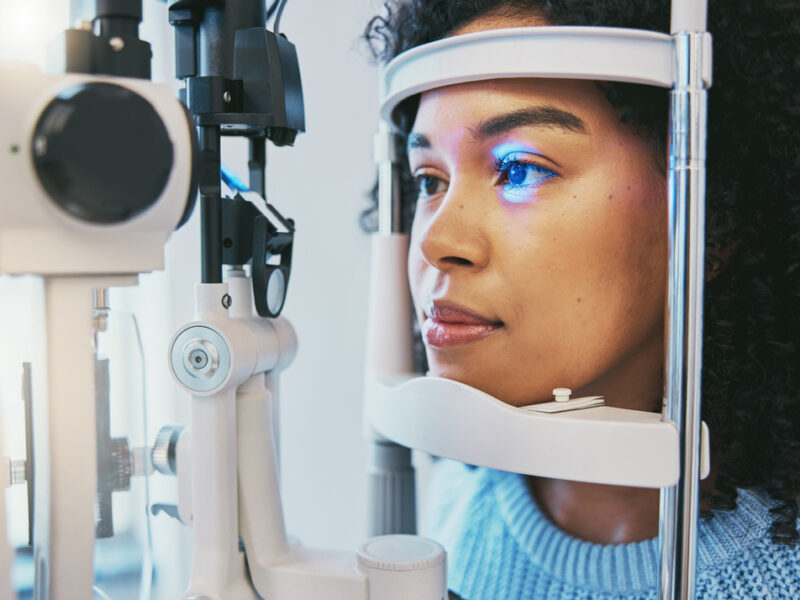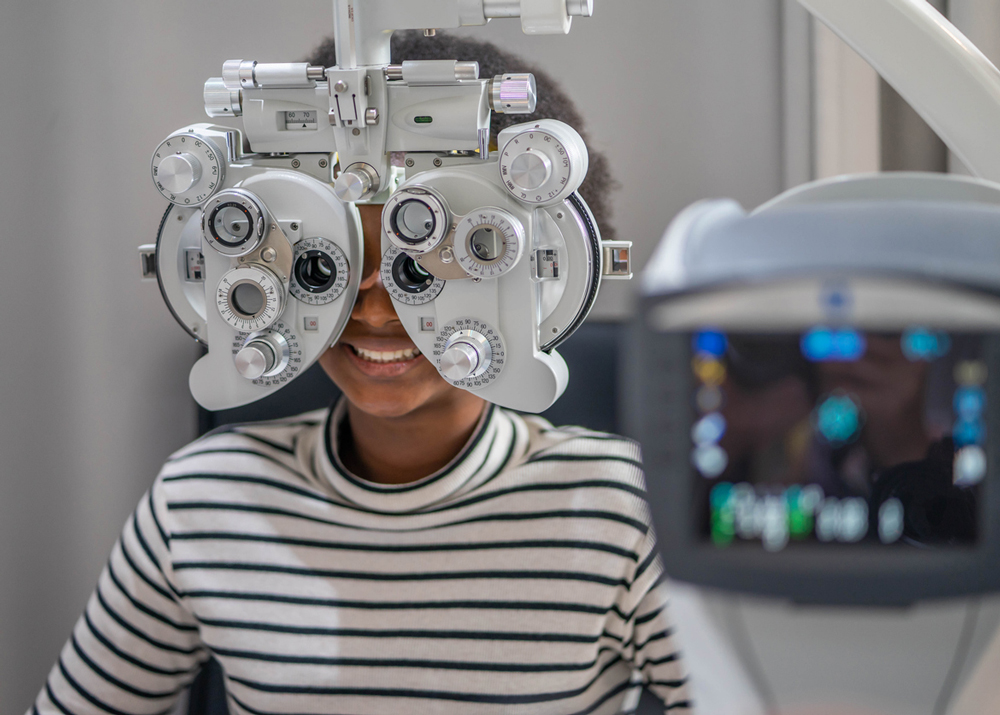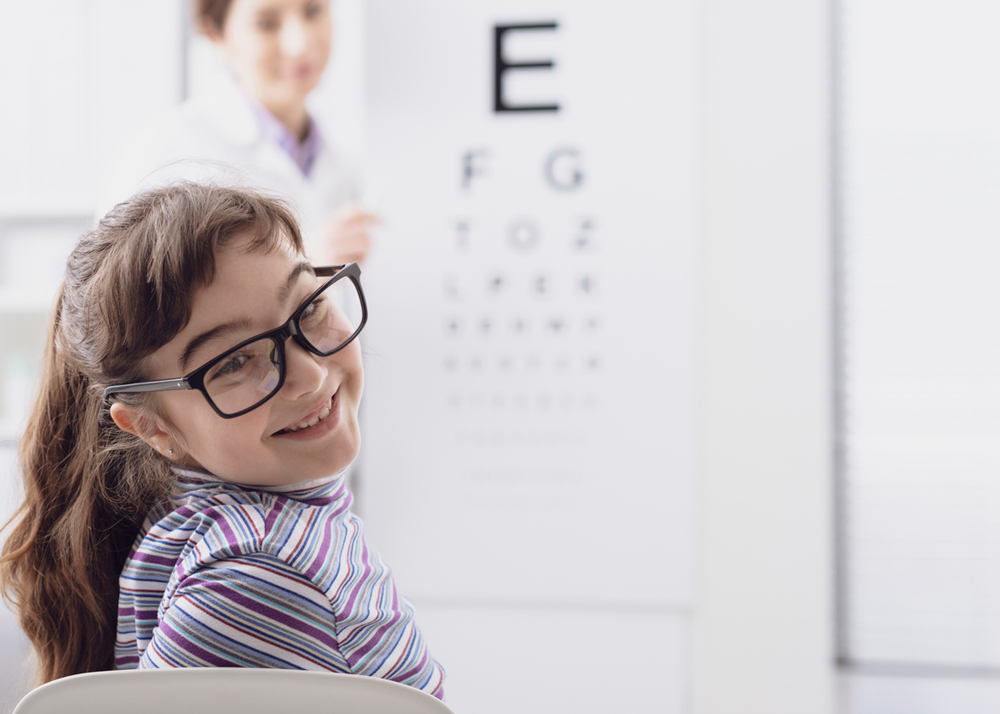What Happens During an Eye Exam?

Comprehensive Eye Exams and Your Overall Health
During a comprehensive eye exam, your eye doctor not only determines your prescription for eyeglasses or contact lenses but also checks for common eye diseases, assesses how your eyes work together as a team, and evaluates your eyes as an indicator of your overall health. Remember, only an eye doctor (OD or MD) can provide prescription eyewear and medications.
Eye Tests: Understanding Their Purpose
In addition to evaluating whether you have nearsightedness, farsightedness, or astigmatism, your eye doctor checks your eyes for eye diseases and other problems that could lead to vision loss.
Retinoscopy: This test provides an approximation of your eyeglasses prescription. Your eye doctor dims the room lights and employs a phoropter—a device with lens wheels—while you focus on an object across the room. Using a hand-held light, your doctor observes how light reflects from your eyes while flipping different lenses on the phoropter. This test is especially useful for children and non-verbal patients.
Refraction: During this test, your exact eyeglasses prescription is determined. The phoropter is used again, presenting you with lens choices. You’re asked which lenses in each choice make the wall chart letters appear clearer, helping your doctor determine any nearsightedness, farsightedness, or astigmatism.
Autorefractors and Aberrometers: These tools assist in determining your glasses prescription. They evaluate how images focus on the retina or detect subtle vision errors based on light travel through your eye and are particularly useful for children or those who struggle with traditional refractions.
Cover Test: By alternately covering each eye while you focus on a target, this test checks eye alignment and binocular vision. It detects misalignments that can lead to amblyopia or “lazy eye.”
Slit-Lamp Examination: This instrument magnifies eye structures for a detailed health assessment. It’s essential for detecting infections or diseases, examining the retina, and evaluating eye health.
Tonometry (Glaucoma Testing): These tests measure internal eye pressure, crucial for detecting glaucoma. Methods include the “air puff” test, which assesses eye resistance to a burst of air, and applanation tonometry, where a probe gently touches the eye to measure pressure.
Pupil Dilation: Dilating drops enlarge pupils, allowing a better view of internal eye structures. Though they can cause light sensitivity and difficulty focusing for a few hours, dilation is crucial for thorough evaluation, especially for those at risk of eye disease. Understanding these tests and their purposes ensures you get the comprehensive eye care you need.


Vision Screenings
Vision screenings serve as a vital initial step in maintaining vision health, but they do not replace the need for comprehensive eye exams conducted by optometrists or ophthalmologists. Typically administered by pediatricians, nurses, physician’s aides, or school nurses, vision screenings can identify individuals with certain types of vision problems but lack the thoroughness of comprehensive exams.
For instance, during a child’s routine physical, the doctor may have them cover one eye and read an eye chart from a distance, typically 20 feet away. Similarly, vision screenings are commonly conducted during driver’s license renewals.
While screenings may occasionally include tests for muscle coordination, blur, or common eye diseases, they can overlook crucial vision issues requiring treatment. It’s essential to recognize that only optometrists or ophthalmologists, with their specialized training and licensure, can perform comprehensive eye exams.
